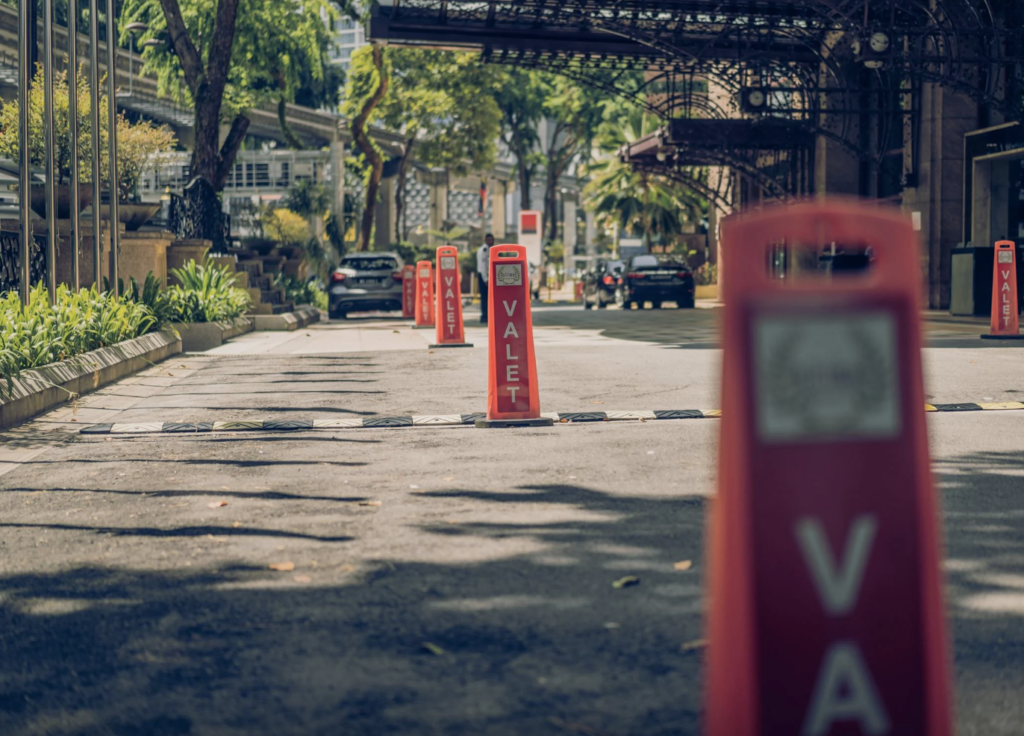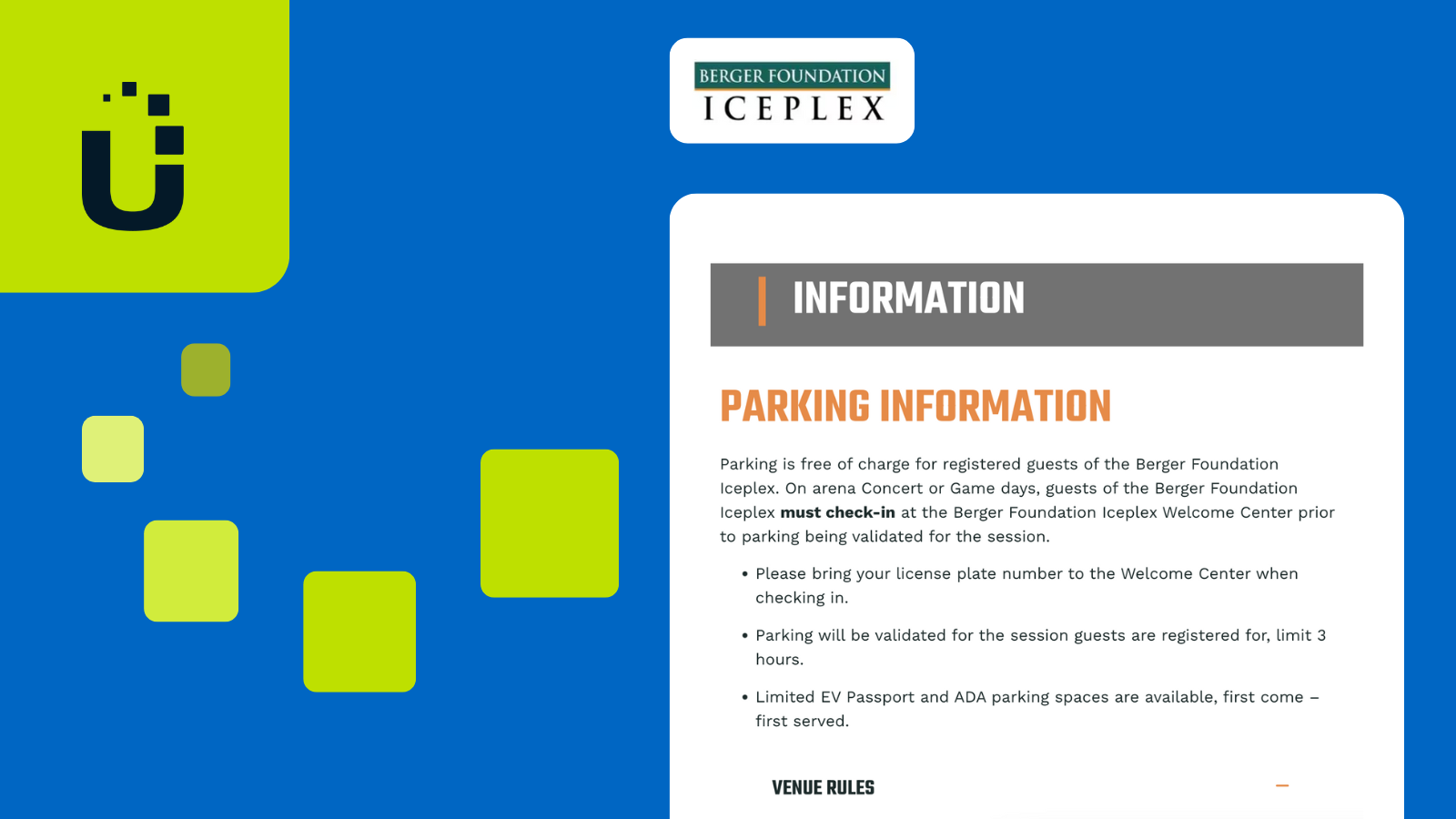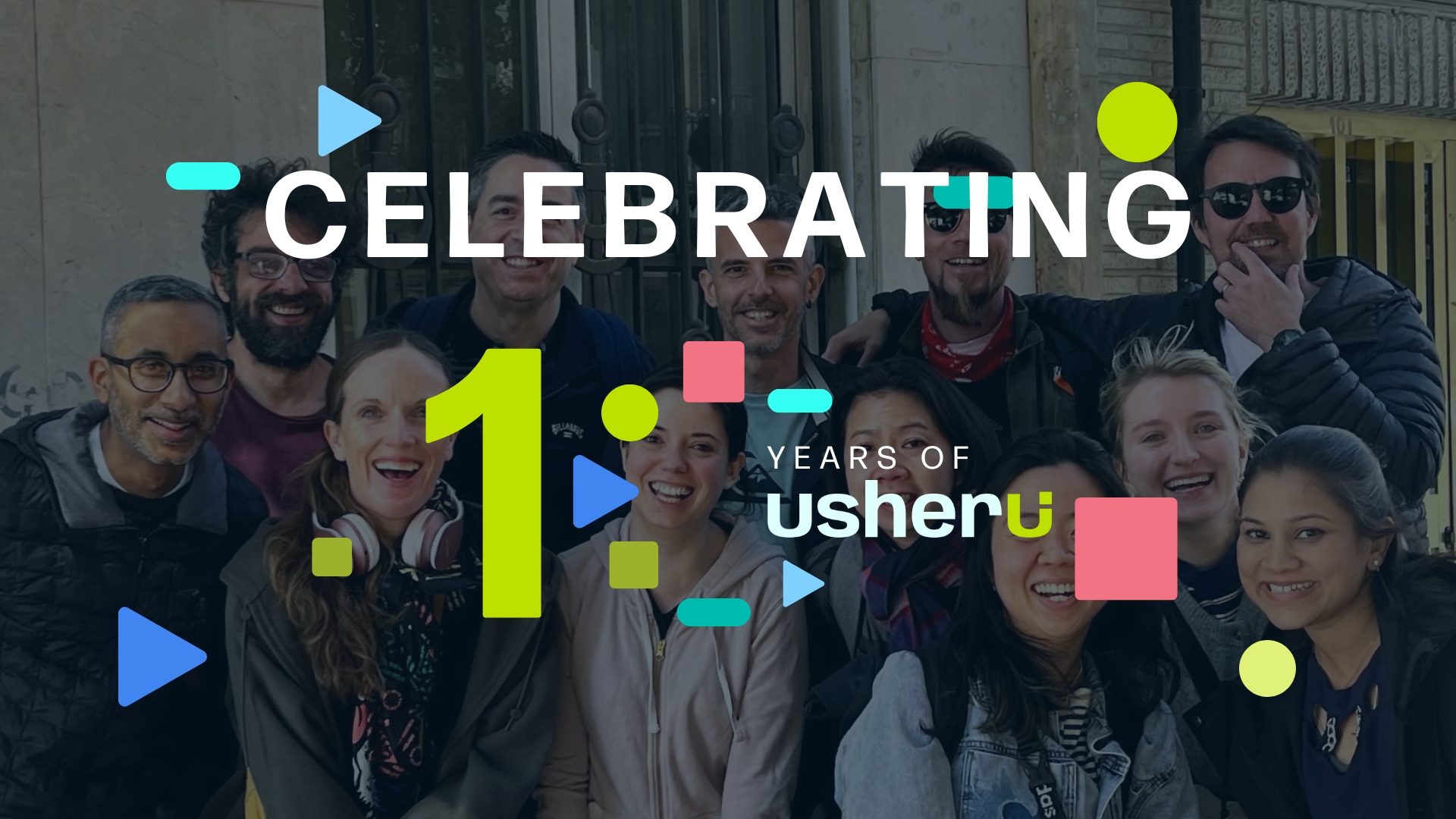When you are going to an event, easy access to transport and parking information is crucial for a stress-free, enjoyable experience. From navigating the venue website to finding transportation options, to ensuring you know where to park, the planning stages of your event experience can set you up for a stressful, unsure journey or lay the groundwork for a truly enjoyable and memorable (in the best way!) event.
As an arena, what can you do to optimise your website communication to offer your attendees unforgettable hospitality right from these very first touch points?

1. Be Fan-Minded
- First, create a dedicated section on your venue’s website specifically for transport and parking details. This section should be easily accessible from the homepage and prominently featured in the site’s navigation menu.
- Next, design transport and parking information pages with user experience in mind. Keep the layout clean and intuitive, with clear navigation and prominently displayed key information. Use descriptive headings, bullet points, and visual aids to make information easy to digest.
- Also, prioritise mobile responsiveness to accommodate users accessing the website from smartphones or tablets.
2. Automate Information
- Automation is an excellent tool to help you streamline parking information. Integrate parking apps or connect to public transport reservation systems to speed up the booking process for attendees. Offer online parking reservations to allow visitors to secure parking spots in advance, reducing stress and uncertainty on event day.
- Provide direct links or embedded widgets for users to easily access these services directly from your stadium or venue website. Consider integrating interactive maps or linking to external transit authority websites for real-time updates and trip planning tools.
- Send out pre-event reminders with essential updates including weather, parking, public transit options, and any special instructions for accessing the venue.

3. Be Accessible – Be ADA Compliant
- Ensure that essential transport and parking information is accessible to all attendees and that your website is ADA compliant to cater to the needs of individuals with disabilities or mobility limitations.
- Clearly communicate accessible transportation options, such as ADA-compliant shuttle services or designated parking areas for disabled guests. Provide alternative formats or assistance options for users who may require additional support in accessing the information.
4. Use Local Knowledge
- Work with your local authorities and transportation agencies to provide helpful and safe travel advice to event attendees. Collaborate with transit authorities to offer integrated public transport reservations or special event services.
- Additionally, provide guidance on alternative routes, road closures, or construction updates to help visitors navigate effectively to the venue.
5. Give Regular Updates to the Event-Goers
- Communicate transport reminders and urgent updates to attending fans through email, text messages, or app notifications. Make sure to provide real-time updates in response to unexpected changes or disruptions in transport services.
- Moreover, prioritise clarity and conciseness in communicating transport and parking information. Use simple language, bullet points, and descriptive headings to break down complex information into digestible chunks.
Why Is Effective Parking Information Important?
Effective communication of transport and parking information is essential for enhancing the event-going experience and ensuring visitor satisfaction. Implementing these tips and best practices can help venues and stadiums to empower event attendees to plan their transportation logistics with confidence and ease.





